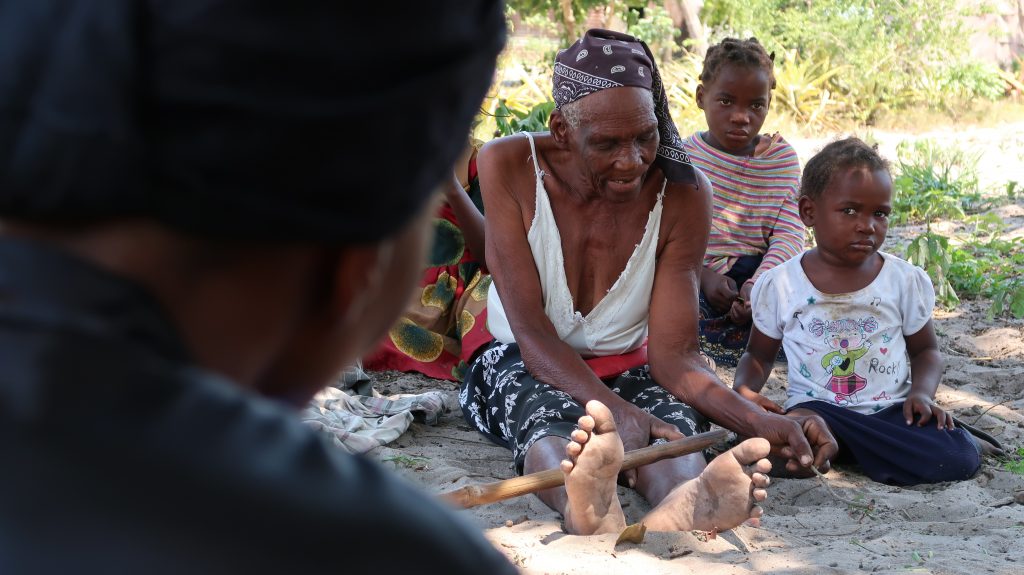A study led by ISGlobal highlights the need to improve the quality and performance of current verbal autopsy techniques
Understanding the causes of death is vital to guide and monitor health programmes and policies aimed at decreasing mortality. But this is easier said than done. In countries and areas with limited resources, the main sources of information for establishing causes of death are clinical records and interviews with witnesses or relatives of the deceased (in other words, a verbal autopsy). However, these methods are not very specific and may lead to misdiagnosis. In particular, verbal autopsy methods have not been adequately validated.
A significant proportion of the world’s population lives in areas where birth and death certificates are either incomplete or simply do not exist
Comparing methods
Clara Menéndez and her team have been working for many years on a project to better understand the causes of death, particularly in women and children, in low-income countries such as Mozambique. They decided to perform, for the first time, a comparison between one of the most commonly used verbal autopsy methods—the Interpreting Verbal Autopsy (InterVA) model—and the gold standard for determining causes of death: the complete autopsy.
The study, conducted in a referral hospital in Maputo, Mozambique, shows that, overall, there is little agreement between the diagnosis established by verbal autopsy and that established by complete autopsy. “These results raise doubts about the reliability of the current estimates of causes of death in low-income settings,” says Llorenç Quintó, who led the statistical analysis of the study.

“Countries with high burden of disease need reliable information on number and causes of death in order to implement evidence-based policies and programmes and decrease mortality. But this goal cannot rely on imprecise measurement tools,” says Menéndez, who leads the Maternal, Child and Reproductive Health Initiative.
“These results highlight the need to improve the quality and performance of current verbal autopsy techniques and to develop more precise cause-of-death ascertainment tools,” concludes Jaume Ordi, last author of the study.











